Premium Only Content
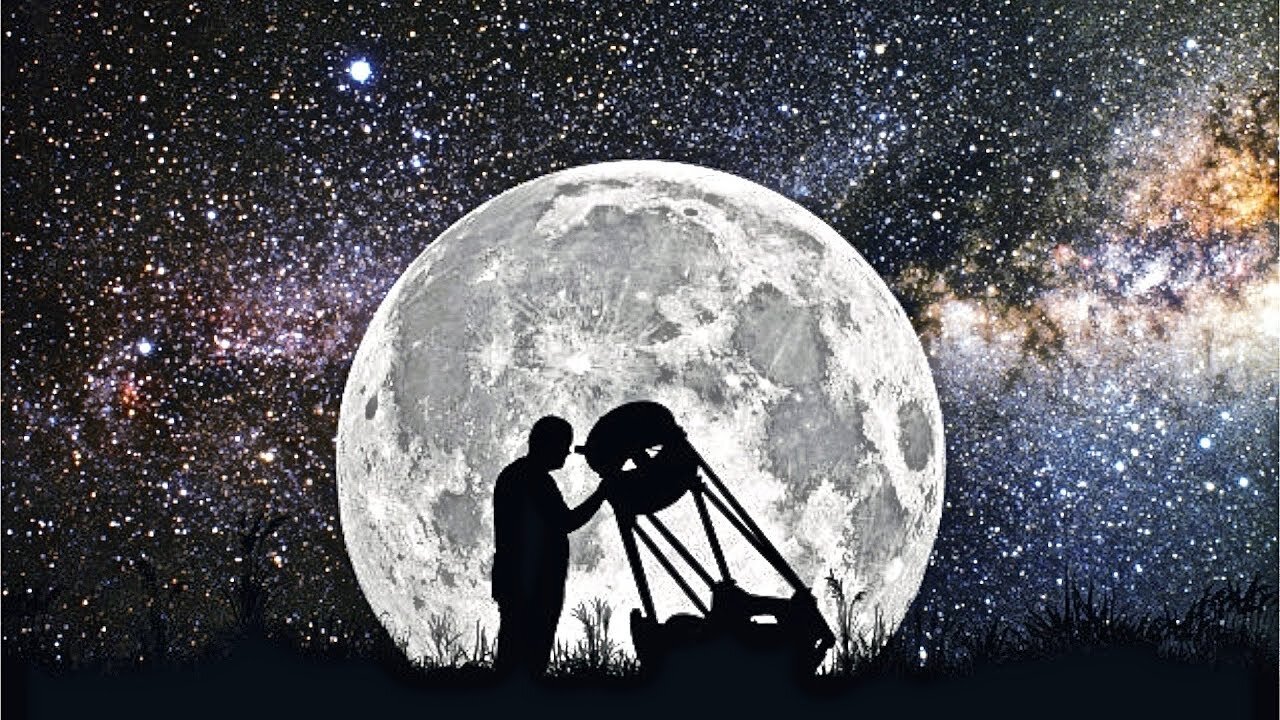
Backyard Asteroid Hunter Works For NASA's Planetary Defense Program
Backyard astronomer Robert Holmes of Westfield, Illinois, is part of NASA's army of observers scanning the night sky for asteroids. By observing and tracking asteroids, NASA programs can determine whether an asteroid is potentially hazardous to Earth -- now or years in the future. In 2015, Bob made 36,000 asteroid observations -- the most by anyone in a single year. He started off as a volunteer in 2006, and his hobby has since blossomed into a full-time opportunity to work for NASA under a grant program.
The office that could save the Earth: Nasa sets up planetary defense department to tackle threat of deadly asteroids
Nasa's new Planetary Defense Coordination Office will search for NEOs
Program will identify threats, and work with emergency response agencies
International agencies are developing ways to deflect and redirect NEOs
Nasa's new program will face the threat of deadly near-Earth objects head on.
Washington based Planetary Defense Coordination Office will spearhead the ongoing search for asteroids and comets passing near Earth's orbit, and will work with disaster relief agencies to develop emergency response plans.
The space agency says there are no known threats to date, but near approaches in the recent past are reminders of the potential hazards.
A strike from a mid to large sized asteroid or comet would have catastrophic effects around the world; it's widely thought that a comet strike spurred the extinction of the dinosaurs.
Nasa's new Planetary Defense Coordination Office (PDCO) will operate within the Planetary Science Division, in the Science Mission Directorate in Washington, according to Phys.org.
The office will work to characterize any potential impact threats.
Each year, roughly 1,500 near-Earth objects (NEOs) are identified, and more than 13,500 have been discovered since the Nasa-funded searches began in 1998.
Nasa has already identified more than 90 percent of NEOs larger than 1 kilometer, and has turned its sights on smaller, football field-sized objects.
'Asteroid detection, tracking and defense of our planet is something that NASA, its interagency partners, and the global community take very seriously,' said John Grunsfeld, associate administrator for NASA's Science Mission Directorate in Washington.
'While there are no known impact threats at this time, the 2013 Chelyabinsk super-fireball and the recent 'Halloween Asteroid' close approach remind us of why we need to remain vigilant and keep our eyes to the sky.'
Music at end- The Takeover by Dhruva Aliman
Amazon - https://amzn.to/2B9tGa7
https://music.apple.com/us/artist/dhruva-aliman/363563637
https://dhruvaaliman.bandcamp.com/album/road-of-fortunes
http://www.dhruvaaliman.com/
Spotify - https://open.spotify.com/artist/5XiFCr9iBKE6Cupltgnlet
-
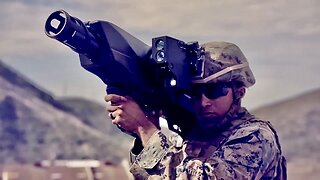 49:45
49:45
Knowledge Land
10 months agoFuture War Technology - Armies of Tomorrow
400 -
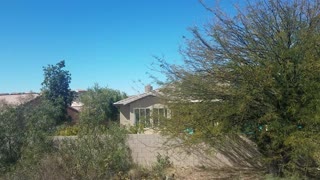 1:49
1:49
Wld33
2 years agoBackyard
54 -
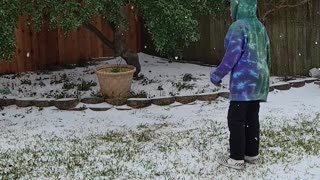 1:02
1:02
R00573R
2 years agoBackyard
35 -
 6:32
6:32
HometownZero
2 years agoHunter Hunter: Movie Review
93 -
 24:01
24:01
Winston Marshall
4 days agoThe TRUTH About The UK Farmer Protest What No One Is Talking About...
67.3K153 -
 3:21:56
3:21:56
Tate Speech by Andrew Tate
14 hours agoEMERGENCY MEETING EPISODE 93 - ME TOO!
248K159 -
 3:21:42
3:21:42
FRENCHY4185
9 hours agoPRESTIGE AND CAMO GRIND : BLACK OPS 6
68.9K2 -
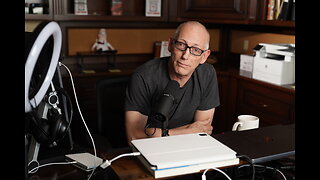 1:29:47
1:29:47
Real Coffee With Scott Adams
10 hours agoEpisode 2669 CWSA 11/24/24
97.5K33 -
 13:52
13:52
Hershberger's Kitchen
21 hours agoTwo Delicious Dip and Spread Recipes to Try, Inspirational Thought
84.6K5 -
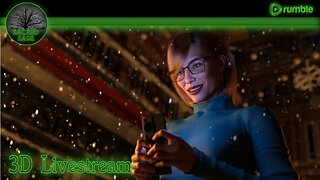 3:41:05
3:41:05
Sacred Sage
12 hours ago $5.09 earnedDaz3D: Attempting to Finish Zoe Conversation!
64.7K5